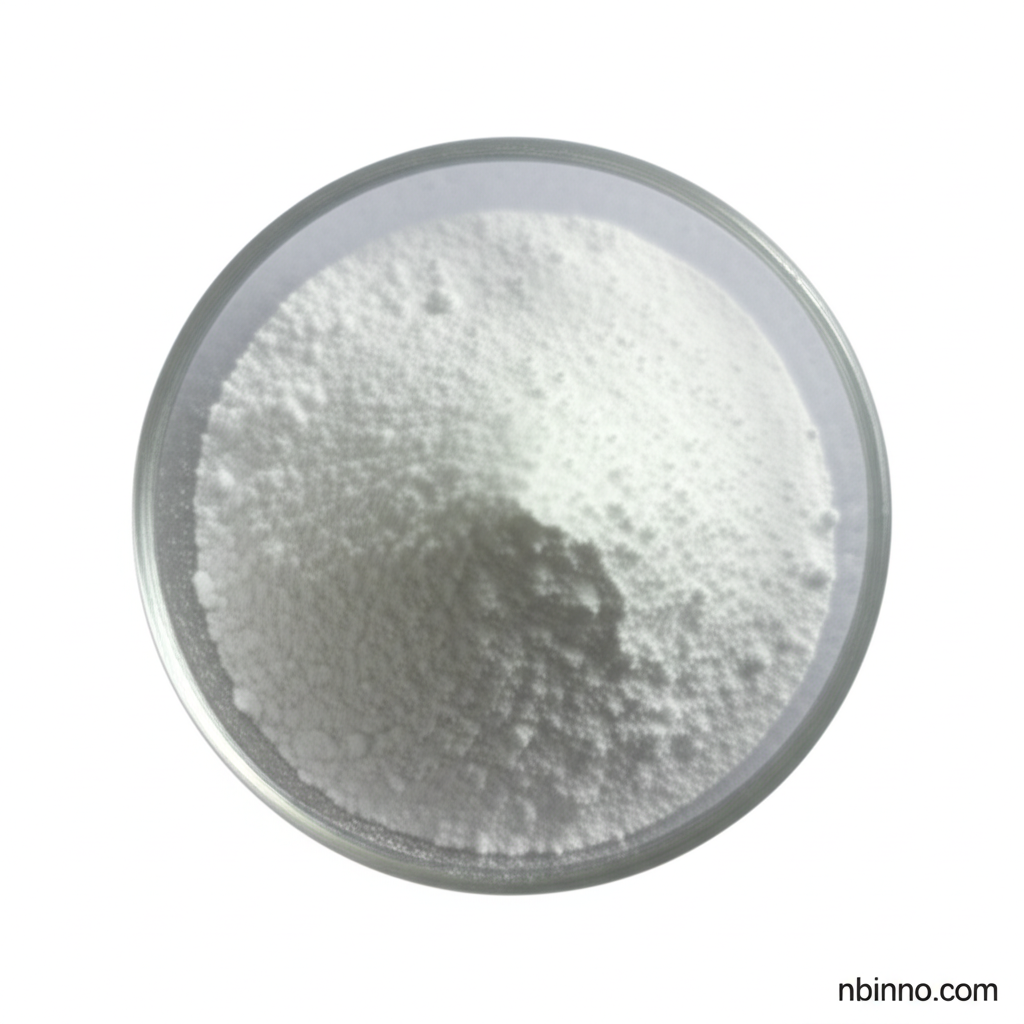1-Methyl-4-pyrazolecarboxylic Acid: Synthesis, Properties, and Applications in Agrochemicals
Explore the chemical intricacies and industrial significance of this vital heterocyclic intermediate.
Get a Quote & SampleProduct Core Value

1-Methyl-4-pyrazolecarboxylic Acid
This heterocyclic compound, identified by CAS number 5952-92-1, serves as a crucial intermediate in the synthesis of advanced agrochemicals, particularly fungicides. Its unique pyrazole ring structure, adorned with a carboxylic acid functional group and a methyl group, lends itself to a variety of chemical transformations, making it invaluable in developing solutions for crop protection.
- Leveraging pyrazole chemistry for agrochemicals, 1-Methyl-4-pyrazolecarboxylic Acid is integral to creating effective fungicides.
- Exploring organic synthesis intermediates, its structural features allow for diverse chemical modifications.
- Understanding the properties of heterocyclic building blocks reveals its importance in research and development.
- Syntheses Materials Intermediates highlights its direct application in creating new materials.
Key Advantages
Versatile Synthesis Intermediate
As a critical component within the realm of organic synthesis intermediates, 1-Methyl-4-pyrazolecarboxylic Acid offers multiple reactive sites for complex molecular construction.
Fungicidal Activity Precursor
Its role in creating pyrazole carboxylic acid fungicides underscores its significance in agricultural chemistry, providing effective disease control for crops.
Foundation for Advanced Materials
The compound's structure makes it a valuable precursor for novel materials, including those explored in Metal-Organic Frameworks (MOFs), showcasing its utility beyond traditional agrochemical applications.
Key Applications
Agrochemical Synthesis
Essential for the production of a new generation of fungicides, contributing to enhanced crop yields and protection against various plant diseases.
Pharmaceutical Research
As a heterocyclic building block, it is utilized in research laboratories for the synthesis of novel compounds with potential therapeutic activities.
Material Science
Investigated for its use as a ligand in the construction of Metal-Organic Frameworks (MOFs), demonstrating potential in gas storage and catalysis.
Chemical Synthesis
Serves as a versatile intermediate for various chemical transformations, enabling the creation of complex organic molecules.
